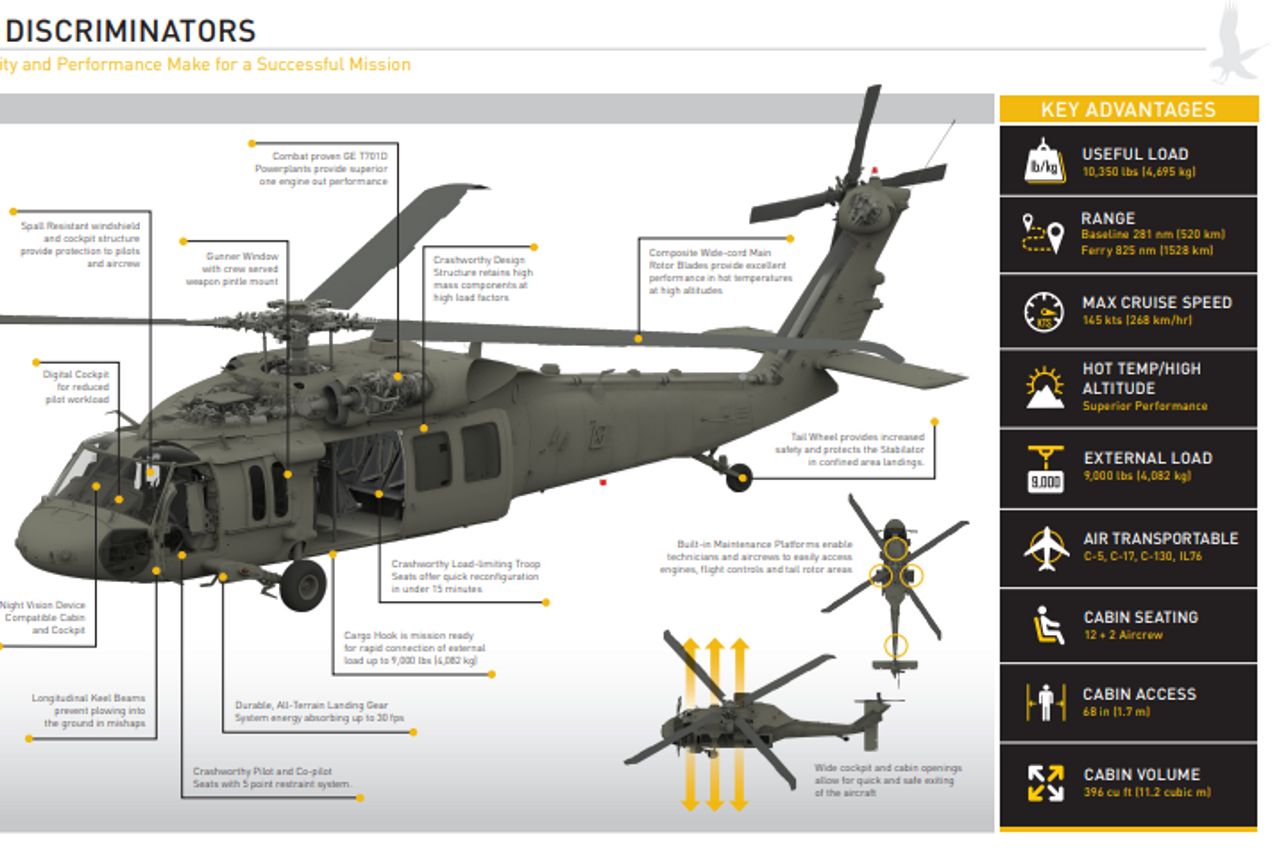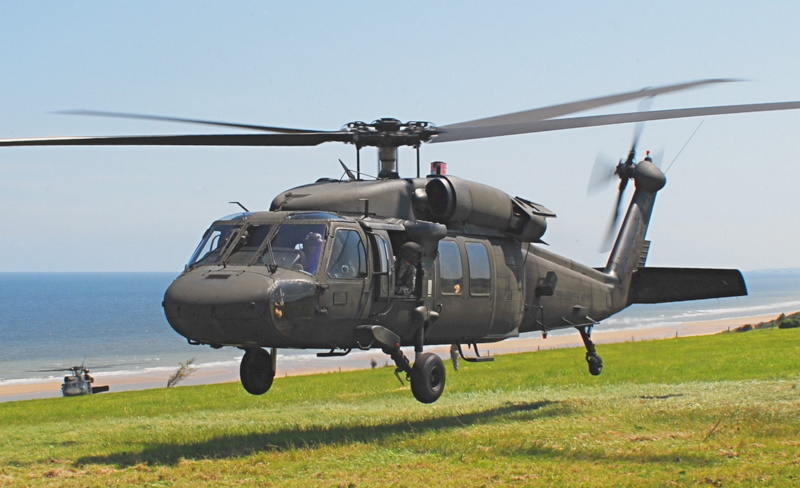Exploring the Abilities of the Sikorsky S 70: A Comprehensive Review
Exploring the Abilities of the Sikorsky S 70: A Comprehensive Review
Blog Article
High-Performance Multi-Role Rotorcraft Featuring Advanced Cabin Technologies and Integrated Sensing Unit Solutions
The world of rotorcraft technology has seen significant improvements in current times, especially in the realm of high-performance multi-role rotorcraft outfitted with advanced cockpit technologies and flawlessly incorporated sensor systems. In the complying with discussion, we will discover the evolution of rotorcraft modern technology, delve right into the realm of advanced cockpit technologies, and examine the implications of integrated sensing unit systems on the operational flexibility and effectiveness of contemporary rotorcraft.
Evolution of Rotorcraft Modern Technology
The development of rotorcraft technology has been marked by considerable developments in the rules of aerodynamics, materials, and propulsion systems, shaping the capabilities and efficiency of modern rotorcraft. Wind resistant enhancements have actually enhanced the effectiveness and maneuverability of rotorcraft, permitting raised speed, dexterity, and security throughout flight (sikorsky s 70). Innovations in materials, such as the usage of composite materials and progressed alloys, have actually caused lighter yet more powerful rotorcraft structures, boosting overall efficiency and longevity. Furthermore, improvements in propulsion systems, including more effective engines and ingenious propulsion innovations, have actually enabled rotorcraft to accomplish higher altitudes, faster rates, and greater hauls.
These advancements have not just changed the abilities of rotorcraft yet have actually likewise broadened their applications throughout different industries, consisting of army, industrial, and emergency solutions. The continuous advancement of rotorcraft technology remains to drive development in the area, pushing the boundaries of what is feasible and shaping the future of vertical flight.
Advanced Cockpit Innovations
Building upon the foundational advancements in aerodynamics, materials, and propulsion systems, the world of rotorcraft technology currently changes focus towards introducing Advanced Cockpit Innovations. The assimilation of cutting-edge innovations within the cockpit atmosphere plays an essential role in enhancing the operational capacities, security, and effectiveness of contemporary rotorcraft. sikorsky s 70. Advanced Cockpit Innovations include a wide variety of features created to give pilots with boosted situational recognition, streamlined information monitoring, and intuitive control user interfaces
Among the essential developments in cockpit layout is the application of glass cockpits, which replace conventional analog assesses with high-resolution displays. These electronic systems supply personalized formats, real-time information combination, and enhanced readability, making it possible for pilots to gain access to critical information at a look. In addition, advanced avionics systems, such as fly-by-wire controls and increased reality screens, are revolutionizing how pilots interact with the airplane, enabling for accurate control and boosted decision-making capacities.


Incorporating sophisticated cabin developments not only improves pilot efficiency yet also adds to general mission performance and safety and security in intricate operational environments. By leveraging cutting edge technologies within the cabin, rotorcraft suppliers are establishing new requirements for operational excellence and objective success.
Integrated Sensing Unit Solutions
With the advancement of rotorcraft modern technology, the combination of innovative Integrated Sensing unit Systems has ended up being extremely important in boosting functional performance and safety and security. These Integrated Sensor Systems include a large range of innovations that supply essential data for he has a good point numerous functions such as navigating, surveillance, targeting, and environmental surveillance. By seamlessly integrating sensors like radars, video cameras, lidar, and infrared systems into rotorcraft, drivers can profit from boosted situational recognition, improved mission capacities, and reduced pilot work.
One key advantage of Integrated Sensor Equipments is their ability to collect real-time information and give workable understandings to pilots and goal drivers. For example, progressed radar systems can discover and track targets over fars away, enabling for very early hazard discovery and effective action preparation. In addition, incorporating infrared and electro-optical cams enables rotorcraft to conduct reconnaissance and security missions with precision and precision.
Essentially, the integration of cutting-edge sensor modern technologies into rotorcraft not just improves functional performance however likewise contributes dramatically to overall objective success and staff safety. As rotorcraft proceed to progress, the function of Integrated Sensor Equipment will unquestionably continue to be at the leading edge of development in the aerospace sector.
Operational Flexibility and Efficiency
Enhancing functional convenience and performance in rotorcraft is a natural progression from the assimilation of sophisticated Integrated Sensor Equipments. By leveraging the information and insights given by these cutting-edge sensor systems, rotorcraft can enhance their performance throughout numerous goals and settings.
Operational convenience encompasses the capacity of rotorcraft to adapt to various duties and circumstances effectively. With innovative cabin modern technologies and integrated sensor systems, rotorcraft can seamlessly transition in between tasks such as search and rescue, clinical emptying, security, and more. This flexibility enhances the rotorcraft's capability to satisfy varied operational requirements without calling for considerable try this out reconfiguration.
Performance in rotorcraft operations is crucial for optimizing objective performance and resource application. Integrated sensing unit systems play a crucial role in enhancing functional performance by giving real-time data on climate problems, surface mapping, target tracking, and extra. This information enables pilots to make educated decisions swiftly, enhance flight paths, save gas, and enhance general mission efficiency.
Influence On Modern Air Travel Operations

In addition, the assimilation of innovative sensing units helps with enhanced goal planning and implementation, enabling rotorcraft to perform a large range of jobs with boosted precision. From search and rescue operations to aerial firefighting and legislation enforcement goals, the capabilities of contemporary rotorcraft furnished with innovative cabin modern technologies and incorporated sensing unit systems are unrivaled.
Furthermore, the influence of these innovations prolongs beyond operational performance to cost-effectiveness and sustainability. By optimizing flight routes, fuel consumption, and upkeep timetables, high-performance rotorcraft geared up with advanced cockpit innovations and sensors add to decreasing functional expenses and ecological influence, making them crucial properties in modern-day aeronautics operations.
Verdict
In conclusion, the high-performance multi-role rotorcraft with innovative cabin modern technologies and integrated sensing unit systems stands for a substantial evolution in air travel modern technology. These developments boost operational convenience and effectiveness, eventually affecting contemporary air travel procedures in a favorable means. The integration of these innovative technologies permits enhanced capabilities and efficiency in different goal circumstances, showcasing the proceeded innovation of rotorcraft technology in the aeronautics sector.
The realm of rotorcraft technology has actually seen noteworthy innovations in recent times, particularly in the realm of high-performance multi-role rotorcraft equipped with advanced cabin innovations and effortlessly integrated sensing unit systems. From improved mission versatility to boosted functional efficiency, the convergence of sophisticated cockpit innovations and integrated sensor systems has ushered in a brand-new age of possibilities for rotorcraft applications. In the complying with conversation, we will certainly check out the evolution of rotorcraft modern technology, dig into the realm of sophisticated cabin innovations, and analyze the implications of integrated sensor systems on the operational convenience and efficiency of modern rotorcraft.

Report this page